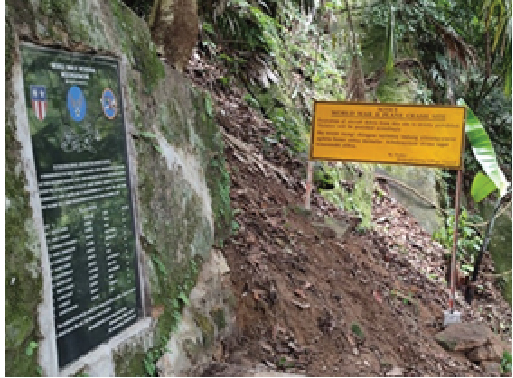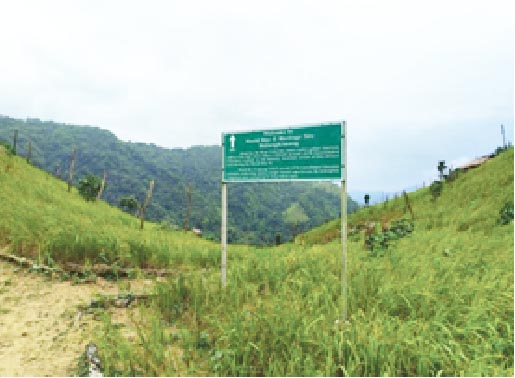
In April 2020, the Molungkimong Village Council set up a WWII Memorial Development Committee to work on memorializing the fallen crew. As an immediate necessity, a memorial plaque honoring the crew was erected at the crash site and dedicated on December 22, 2020 with a traditional warrior song by the village elders and a prayer by the village Church Pastor. A footpath leading up to the memorial has been paved and directional and notice boards placed. On 11 August 2021, a memorial service will be held to commentate the day of the crash.
Talimeren Tzudir
Ex Indian Navy Aviation Technical Petty Officer
INTRODUCTION
Molungkimong, the misty village nestled atop the pristine hills of Nagaland, India, shares an important place in the history of the WWII. On August 11, 1944, a US military plane exploded near the village and crashed into a ravine killing all 12 on board. 76 years after the ill-fated crash, details have now been established through eye-witness accounts, Missing Air Crew Reports, Accident Reports, Archival data and significant information from former crew mates and family members of the fallen crew. Poignantly, the 12 fallen heroes, having traced their identities, are being venerated for their ultimate sacrifice through a memorial erected at the crash site by the Village Council on 22 December 2020.
THE CHINA BURMA INDIA (CBI) THEATER AND ‘THE HUMP’
The aircraft was part of the CBI Theater of WWII which was established on 22 June 1942 to halt Japanese expansion in Southeast Asia. The American strategy was to invade Japan by building up China as a source of manpower and the base for their bombers. But with the Japanese occupation of Burma in January 1942 and the resultant closure of the Burma Road, China was completely cut off from Allied supplies. In order to keep China supplied, the U.S. Army Air Force based in India started to haul military supplies 550 miles over the Eastern Himalayan Mountains from airfields in Assam, India to Kunming, China; a perilous air route that American pilots nicknamed ‘The Hump’. Flying over the Himalayan Mountains filled with impenetrable jungles, ‘Hump’ pilots faced threats of Japanese fighters and the extreme weather conditions with no provision for emergency landing or rescue. Furthermore, the terrain compelled them to fly above the plane’s service ceiling and carried cargoes that exceeded the designed capacity. Chick MarrsQuin’s The Aluminum Trail lists more than 700 planes that went down in the course of ‘The Hump’ operation costing some 1,200 lives. Lt General William H Tunner, the then Commander of the India-China Division of Air Transport Command, rightly commented in his memoirs: “It was safer to take a bomber deep into Germany than to fly a transport plane over the Rockpile from one friendly nation to another.”
THE AIRCRAFT
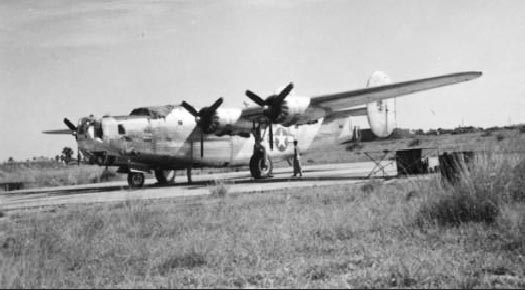
An F-7A of the24th CMS, Gushkara, West Bengal, 1944.PC of Frank Bond Photograph Library.
The F-7A Liberator with tail number 42-64189 was a photo reconnaissance version of the famous B-24J Liberator bomber from the 24th Combat Mapping Squadron based in Gushkara, India. The modification was achieved by replacing the bombing equipment with special cameras for aerial photography.On that fateful morning, it had embarked on an ‘Over The Hump’ Combat Mission enroute from Jorhat, India to Kunming, China.
OPERATIONAL BACKGROUND: 24TH COMBAT MAPPING SQUADRON (CMS)
The 24th CMS moved to India in December 1943. Flying over uncharted territories, the unit played a crucial role providing detailed aerial photography for the creation of detailed maps needed for the war. During the battle of Imphal, the 24th CMS made extensive mosaic of the Imphal-Kohima battle area enabling the British 14th Army and Royal Air Force (RAF) to pinpoint Japanese targets. By the end of the war, the squadron had covered some 455,000 square miles of territory in India, Burma, Thailand and Malaya (Malaysia), and 435,000 square miles in China. Apart from their primary role, the 24th CMS also had to carry their fuel and supplies over “the Hump” to China and in 1944, they made 182 ‘Hump’ crossings losing six planes one of which was in Molungkimong.
THE CRASH
Like the other hundreds of crashes in the region, the exact cause of the crash is not known. According to the Accident Reports, the ground rescue party which arrived at the scene of the wreck observed that the plane had possibly struck the trees while banking and fell into a ravine. According to media reports, the plane was hauling ammunitions, bombs and gasoline which resulted in heavy explosions after the crash. The search party found no large pieces of wreckage and the metals showed traces of being exposed to extreme heat.
EYE WITNESS ACCOUNT OF THE CRASH AND THE AFTERMATH
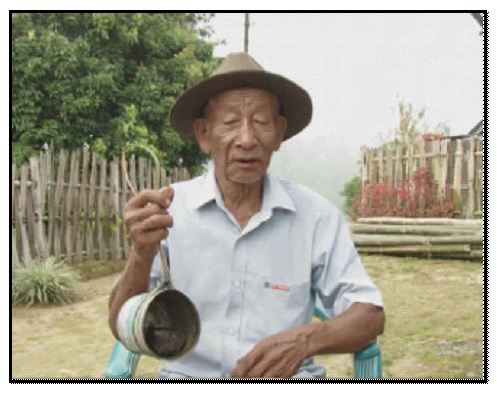
Sutsung Ozukum with a sample of the traditional lantern he was making when the plane crashed
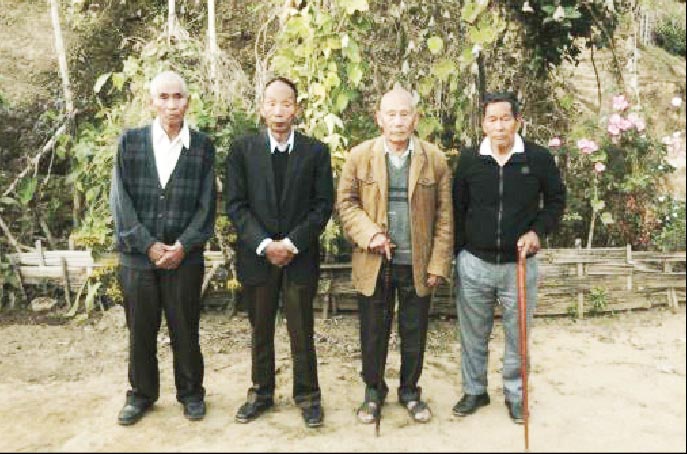
L-R: TongzukYaden, MolungNokdir, RepayubaTzudir and MajemshibaTzudir
It was a rainy day in August, 1944 and most of the elders of the village had gone to the fields. “The cloud was engulfed in flames and thinking it was ‘hell’, we immediately hid in the basement scared. Occasionally getting up to check and finding the clouds still burning, we shut our eyes and lay down in the basement waiting for the flames to go”, recalls SutsungOzukum, a retired teacher. He was 8 years old then and was incidentally making traditional lanterns out of tree saps and tin cans with his friends when the plane crashed. RepayubaTzudir recalls hearing an explosion louder than thunder and scaring him so much that he threw a child to the ground which he was carrying on his lap. Later, he could see the plane descending below the clouds in flames with parts and cargoes falling from the plane. Tongzuk Yaden and Majemshiba Tzudir, who were playing together then, recall the sight of one of the wings breaking off mid-air.
Moments after the mid-air explosion, the villagers heard the plane impacting the ground with a loud explosion and saw smoke billowing from the forest of ‘Lungbanglu’, which is around two kilometers from the village. A series of explosions ensued and the forest was engulfed in flames. Papers and burning fuel had fallen from the plane leaving patches of fire all over the village. “The whole village would have burned that dayhad it not been for the rain”, opined Molung Nokdir.
When the menfolk of the village went to douse the fire at the crash site, they found the debris scattered over a large area. Four dead bodies were recovered which were given a proper Christian burial. Further, under the directive of the village council, the salvaged wreckage parts were brought to the village and kept in a warehouse near the village church.
Few days later, an American military plane flew over the village searching for the wreckage site. From the plane, they communicated with the villagers by throwing down messages written on pieces of paper which was translated by the Molungkimong village teacher, Yaryongdang. In reply, he wrote on a board indicating the location of wreck. The board was tied to a bamboo pole and four sturdy youths suspended it from the top of a banyan tree located at vantage point of the village. With the wreckage site confirmed, a ground search party arrived in the village from Jorhat, Assam on the evening of August 24 and conducted a search of the crash site the following day. In The Aluminum Trail, the author Chick Marrs Quinn writes that the villagers gave gifts of food to the ground party and also accompanied them to search the crash site. The hospitality shown to the American search party and the Christian burial accorded by the villagers was something unexpected of a people misconstrued as head hunting savages. The inscription on the crude cross which the villagers had erected over the grave read, “The noble and brave men of America, like the stars of heaven of their lives, leaving their sweet homes, sacrifice their lives for our country in the falls of this happy shining stream.”The dead bodies were exhumed and the villagers even helped in carrying it down to the American Military cemetery in Jorhat, Assam.
Later, under the directive of the British Administration, around thirty youths from the village carried the large and significant wreckage parts all the way to Mokokchung on foot, a distance of about 40 Kms, which was the British Headquarters then.
LOCAL MEMORIAL EFFORTS
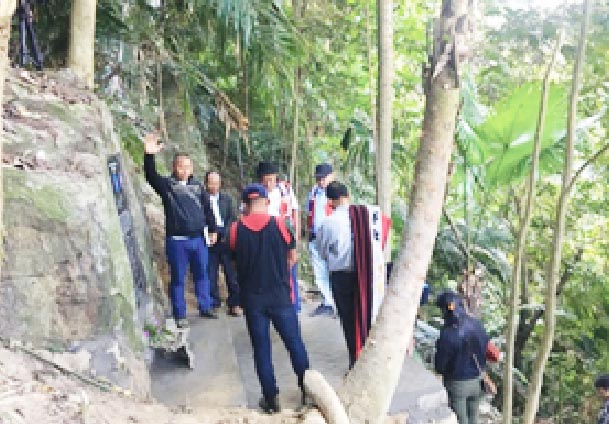
Memorial being dedicated by the villagers on 22 December 2020 with a traditional warrior song and prayer by the Village Pastor
In April 2020, the Molungkimong Village Council set up a WWII Memorial Development Committee to work on memorializing the fallen crew. As an immediate necessity, a memorial plaque honoring the crew was erected at the crash site overcoming logistic hurdles and rough terrains. The memorial was dedicated on December 22, 2020 with a traditional warrior song by the village elders and a prayer by the village Church Pastor. A footpath leading up to the memorial has been paved and directional and notice boards placed.
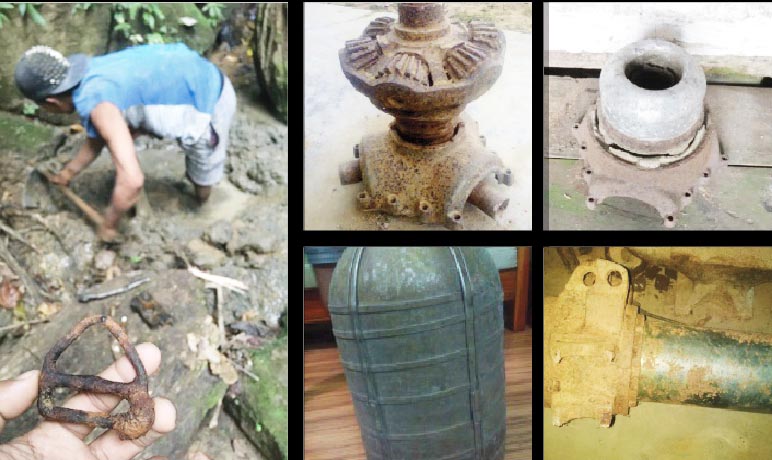 Exploration of the crash site and few remains of the aircraft
Exploration of the crash site and few remains of the aircraft
On 11 August 2021, a memorial service will be held to commentate the day of the crash. Arrangements have been made for relatives of the fallen airmen as well as other people in the United States of America to place flowers at the memorial which will bring some sort of closure to the fallen crew.
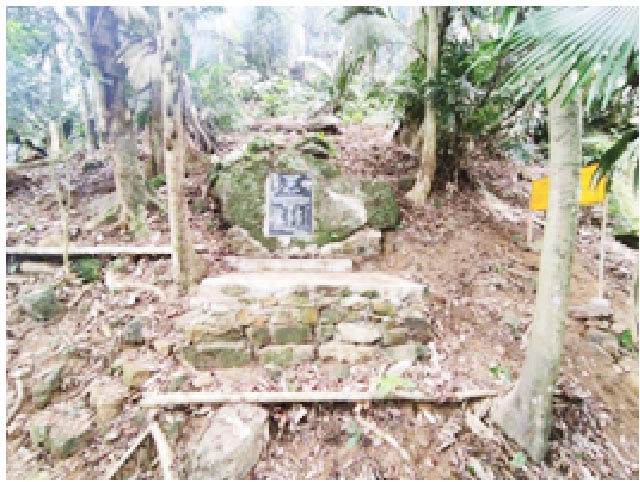
The next objective of the committee is to set up a museum in the village which will accommodate a scale model of the plane and the wreckage parts which have either been collected from village households or freshly excavated from the crash site. Most importantly, the museum will reconnect us to an almost forgotten history of the fallen heroes by displaying their pictures and stories. The 11 feet fiber glass scale model of the plane, which is under construction, will be one of the largest of its kind in the world and will take visitors on a flight back in time over ‘The Hump’. On the whole, the humble museum is envisaged to serve as a research center for researchers and scholars and a fitting tribute to all the airmen who lost their lives while flying over ‘The Hump’.
THE FALLEN HEROES
1st Lt James Thomas Caraway, Service No. 0-674558, 24 years, Pilot.
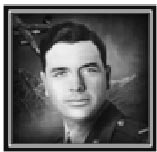 Born on 21 May 1920 to Mr and Mrs James O Caraway, James Caraway was a 1939 graduate of McKinney High School where he was a football star for three years. He took a pre-dental course in ETST College in 1941 and later played football in Austin Peay Normal College, Clarksville, Tennessee. He entered the Army Air Corps on 19 June 1942 where he received his wings and commission of 2nd Lieutenant at Lubbock Army Air Field, Texas, in March 20, 1943 and B-24 first pilot certificate at Fort Worth Army Air Field in May, 1943. Lt Caraway was assigned to the CBI Theater in March 1, 1944 and had chalked up 178 flying hours over ‘the Hump’. He married Miss Mary Ann Ellis in January, 1944 and two months after his demise, a baby son was born who was named after him as James Thomas Caraway Jr (Tom).
Born on 21 May 1920 to Mr and Mrs James O Caraway, James Caraway was a 1939 graduate of McKinney High School where he was a football star for three years. He took a pre-dental course in ETST College in 1941 and later played football in Austin Peay Normal College, Clarksville, Tennessee. He entered the Army Air Corps on 19 June 1942 where he received his wings and commission of 2nd Lieutenant at Lubbock Army Air Field, Texas, in March 20, 1943 and B-24 first pilot certificate at Fort Worth Army Air Field in May, 1943. Lt Caraway was assigned to the CBI Theater in March 1, 1944 and had chalked up 178 flying hours over ‘the Hump’. He married Miss Mary Ann Ellis in January, 1944 and two months after his demise, a baby son was born who was named after him as James Thomas Caraway Jr (Tom).
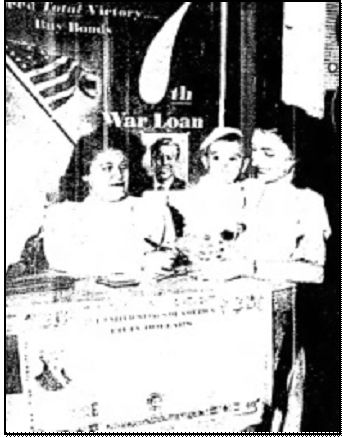
Mrs. James Thomas Caraway and son receiving a 200 Dollars money order from her husband’s squadron with instructions to buy bonds for young Tom.
2nd Lt Raymond William KurzawskiJr, Service No. 0-685944, 24 Years, Navigator.
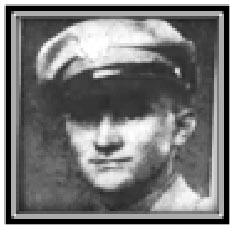 Born on 2 February 1920 to Mr and Mrs Raymond KurzawskiSr in Pennsylvania, Raymond Kurzawski Jr.(Kurtz) was the navigator of the plane. He graduated from Nanticoke High School in 1938 and enlisted into the Army Air Corps on 16 February 1942. Kurzawski pursued his career in radio at Scott Field III and was commissioned as 2nd Lieutenant upon completion of navigation studies at Hondo Field, Texas. He operated a beauty parlor in Nanticoke before enlisting as an Air Cadet.
Born on 2 February 1920 to Mr and Mrs Raymond KurzawskiSr in Pennsylvania, Raymond Kurzawski Jr.(Kurtz) was the navigator of the plane. He graduated from Nanticoke High School in 1938 and enlisted into the Army Air Corps on 16 February 1942. Kurzawski pursued his career in radio at Scott Field III and was commissioned as 2nd Lieutenant upon completion of navigation studies at Hondo Field, Texas. He operated a beauty parlor in Nanticoke before enlisting as an Air Cadet.
2nd Lt Daniel Stuart Longfellow , Service No. 0-795786, 25 Years, Co-pilot.
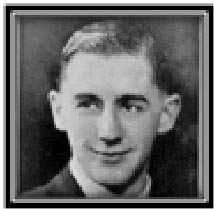 Daniel Longfellow was the son of Mr and Mrs Thomas Albert Longfellow. He was born on 12 November 1918 in Machias, Washington and graduated from Maine Central Institute where he was popularly known as ‘Dan’ and well known for sports especially basketball and baseball. Longfellow enlisted into the Army Air Force on 20 March 1942 before which he was employed as a General Office Clerk. He was awarded the Purple Heart posthumously.
Daniel Longfellow was the son of Mr and Mrs Thomas Albert Longfellow. He was born on 12 November 1918 in Machias, Washington and graduated from Maine Central Institute where he was popularly known as ‘Dan’ and well known for sports especially basketball and baseball. Longfellow enlisted into the Army Air Force on 20 March 1942 before which he was employed as a General Office Clerk. He was awarded the Purple Heart posthumously.
Capt Joseph Earl Haynes, Service No. 0-854989, 27 Years, Engineering Officer (Passenger)
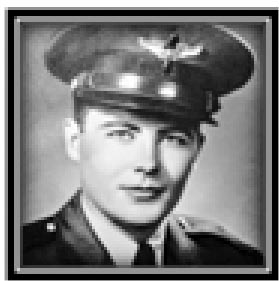 Joseph Haynes was born on 2 August 1917 in Silverton, Texas. He passed out from Silverton High School in 1934 as the valedictorian of the class and later graduated from the University of Oklahoma in May, 1940 with high honors in Petroleum Engineering. ‘Joe’ held a position with the Eason Oil Company prior to enlisting into the Army Air Corps in April, 1942 as a cadet. He was sent overseas in November, 1943 and while in India, he was promoted to Captain in the spring of 1944. Joe was an Engineering Officer in the Army Air Corps and on the fateful day of the crash, he was riding as a passenger to check up on the planes in China.
Joseph Haynes was born on 2 August 1917 in Silverton, Texas. He passed out from Silverton High School in 1934 as the valedictorian of the class and later graduated from the University of Oklahoma in May, 1940 with high honors in Petroleum Engineering. ‘Joe’ held a position with the Eason Oil Company prior to enlisting into the Army Air Corps in April, 1942 as a cadet. He was sent overseas in November, 1943 and while in India, he was promoted to Captain in the spring of 1944. Joe was an Engineering Officer in the Army Air Corps and on the fateful day of the crash, he was riding as a passenger to check up on the planes in China.
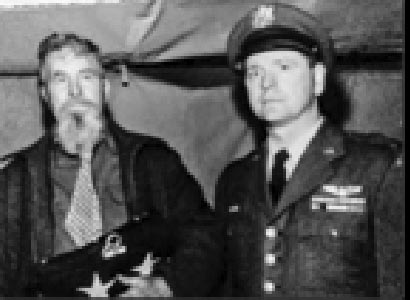
Capt Joseph E Haynes’ father receiving the color after the confirmation of his death. PC of Charolette Corey
M/Sgt George Burton Abbott, Service No. 39248235, 45 Years, Engineer
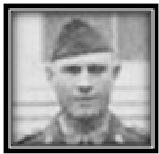 Born on 2 September 1899 to Charles B Abbott and Edna Whitney Abbott of Southland, California, George Abbott was the oldest among them. He had served with the US Navy during the WW I before enlisting again into the Army Air Force shortly after the WW II broke out.
Born on 2 September 1899 to Charles B Abbott and Edna Whitney Abbott of Southland, California, George Abbott was the oldest among them. He had served with the US Navy during the WW I before enlisting again into the Army Air Force shortly after the WW II broke out.
T/Sgt Glenn Beuford Carnes, Service No.18064510, 31 Years,Engineer
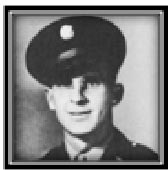 Born on 6 June 1913, Glenn Carnes was the son of Mrs. Ann Elizabeth Carnes of Fort Worth, Texas. He graduated from North Side High School and was employed with the Otis Elevator Company before enlisting into the Army Air Forces on 26 December 1941 as an Aerial Engineer. Glenn Carnes was assigned to the CBI Theater in April 1944 and was well esteemed for his dependable character and winning personality. The Purple Heart, Presidential Citation, State of Texas Citation among other Ribbons were awarded posthumously. His original poems and songs were said to be the prized possession of his mother.
Born on 6 June 1913, Glenn Carnes was the son of Mrs. Ann Elizabeth Carnes of Fort Worth, Texas. He graduated from North Side High School and was employed with the Otis Elevator Company before enlisting into the Army Air Forces on 26 December 1941 as an Aerial Engineer. Glenn Carnes was assigned to the CBI Theater in April 1944 and was well esteemed for his dependable character and winning personality. The Purple Heart, Presidential Citation, State of Texas Citation among other Ribbons were awarded posthumously. His original poems and songs were said to be the prized possession of his mother.

Newspaper article about Glenn Carnes being awarded the Purple Heart posthumously
S/Sgt Leon Marshall Winslow, Service No. 31135350, 31 Years
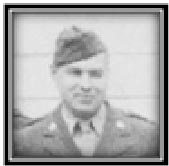 Born on 26 February 1913 in Massachusetts, Leon M Winslow was the only son of Leon W Winsow and Mima E Winslow. After finishing college, he worked as a Shipping and Receiving Clerk before enlisting into the Army Air Forces in June 20, 1942.
Born on 26 February 1913 in Massachusetts, Leon M Winslow was the only son of Leon W Winsow and Mima E Winslow. After finishing college, he worked as a Shipping and Receiving Clerk before enlisting into the Army Air Forces in June 20, 1942.
S/Sgt Walter Haddon Jones, Service No. 32423888, 37 Years, Radio Operator
A resident of New York, S/Sgt Walter H Jones was the second youngest among six children of Charles H Jones and Florence M Jones and was born on 21 May 1907. He was employed as a Telegraph Operator in a postal telegraph company before enlisting into the Army Air Forces in August 8, 1942.
Sgt Alford Hollis Gray, Service No. 18178954, 23 Years, Gunner
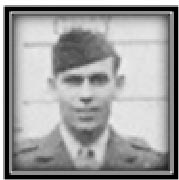 Born on 24 January 1921 in Texas, Alford H Gray enlisted into the Army Air Forces in Oct 9, 1942 as an Aerial Gunner before which he was working as a chauffeur and driver.
Born on 24 January 1921 in Texas, Alford H Gray enlisted into the Army Air Forces in Oct 9, 1942 as an Aerial Gunner before which he was working as a chauffeur and driver.
Sgt A D Whaley, Service No. 14158991, 28 Years, Gunner
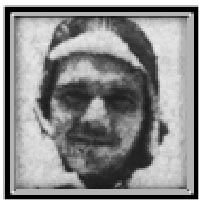 A D Whaley was born on 4 March 1916 to Perry Garfield Whaley and Martha S Whaley of Sevierville, Tennessee. He married Myrtle Sims Whaley and employed as a mechanic and repairman in the Knoxville Aluminium Company prior to enlisting in the Army Air Corps on 18 October 1942.
A D Whaley was born on 4 March 1916 to Perry Garfield Whaley and Martha S Whaley of Sevierville, Tennessee. He married Myrtle Sims Whaley and employed as a mechanic and repairman in the Knoxville Aluminium Company prior to enlisting in the Army Air Corps on 18 October 1942.
Sgt Emery Delmar Crouch, Service No. 151178954, 30 Years, Passenger
Born on 26 January 1914 to Archie Grey Crouch and Rosie Crouch of West Virginia, Emery D Crouch joined the Army Air Corps in Sep 17, 1942. He did his schooling in Mercer County School and was employed as a mining machine operator at Slab Fork Mining Company prior to the war.
Cpl Jerome B Brenner, Service No. 15071442, 25 Years, Passenger
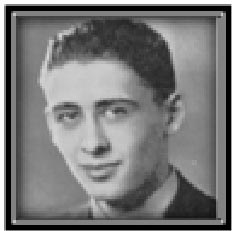 Jerome Brenner was the eldest son of Max Brenner and Martha Y Brenner who were immigrants from Russia. He was born on 8 August 1919 in Pennsylvania and graduated from South High School, Youngstown, Ohio where he was a member of the Lincoln Club which trained students to be affluent speakers. Jerome enlisted into the Army Air Corps in Nov 25, 1941 while working as a routeman. His younger brother Sgt Ray Brenner was also serving in the Army Air Forces posted in Belgium at that time.
Jerome Brenner was the eldest son of Max Brenner and Martha Y Brenner who were immigrants from Russia. He was born on 8 August 1919 in Pennsylvania and graduated from South High School, Youngstown, Ohio where he was a member of the Lincoln Club which trained students to be affluent speakers. Jerome enlisted into the Army Air Corps in Nov 25, 1941 while working as a routeman. His younger brother Sgt Ray Brenner was also serving in the Army Air Forces posted in Belgium at that time.
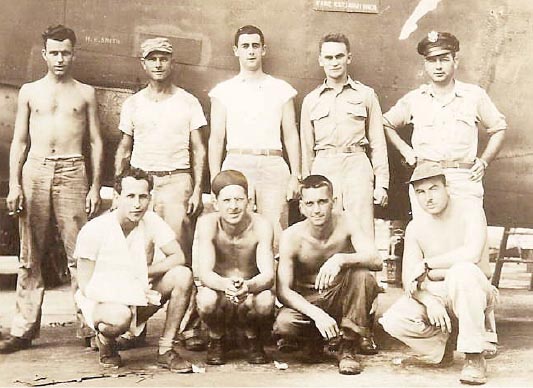
The crew photo possibly in front of the aircraft that crashed. PC of Kevin Hooper
